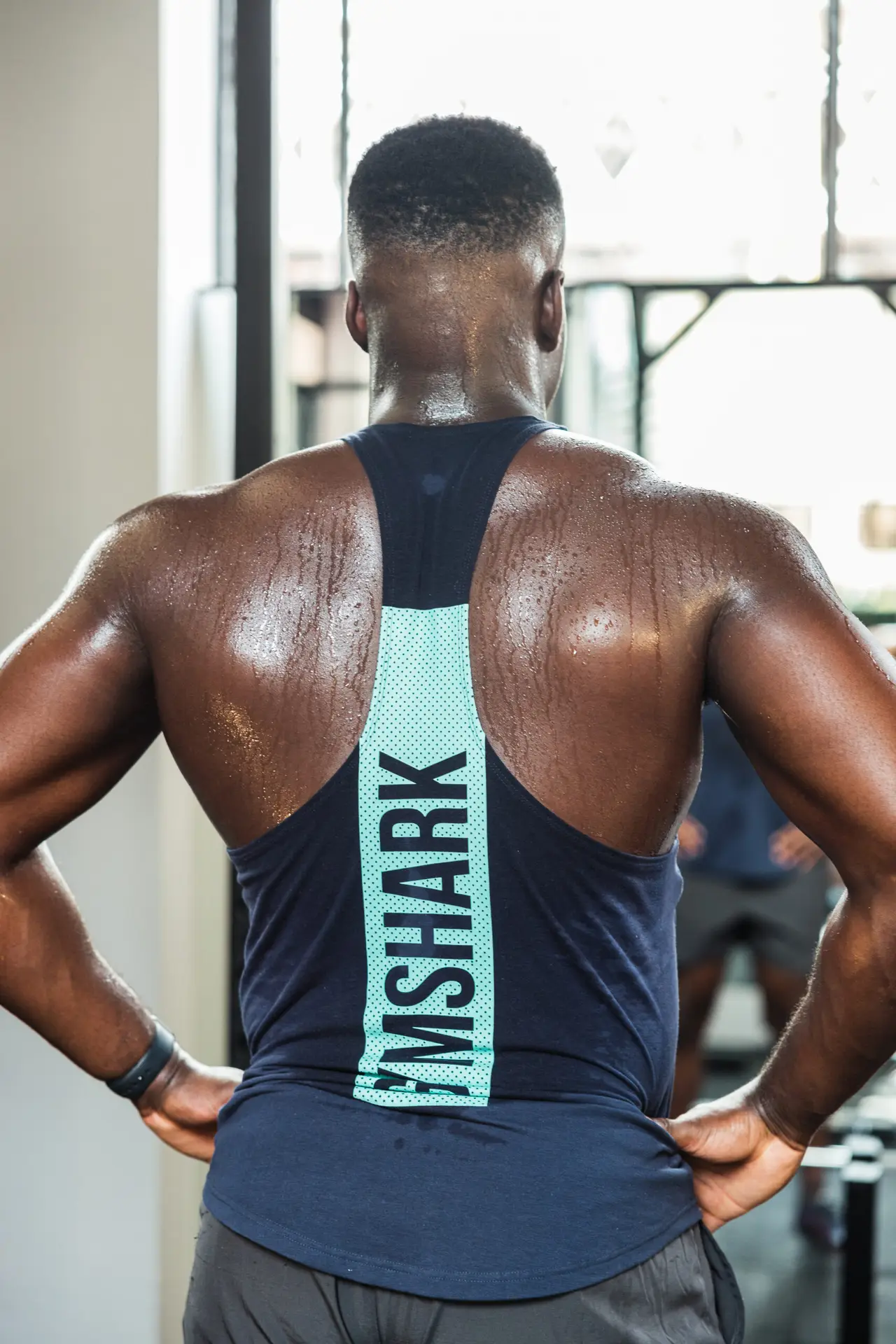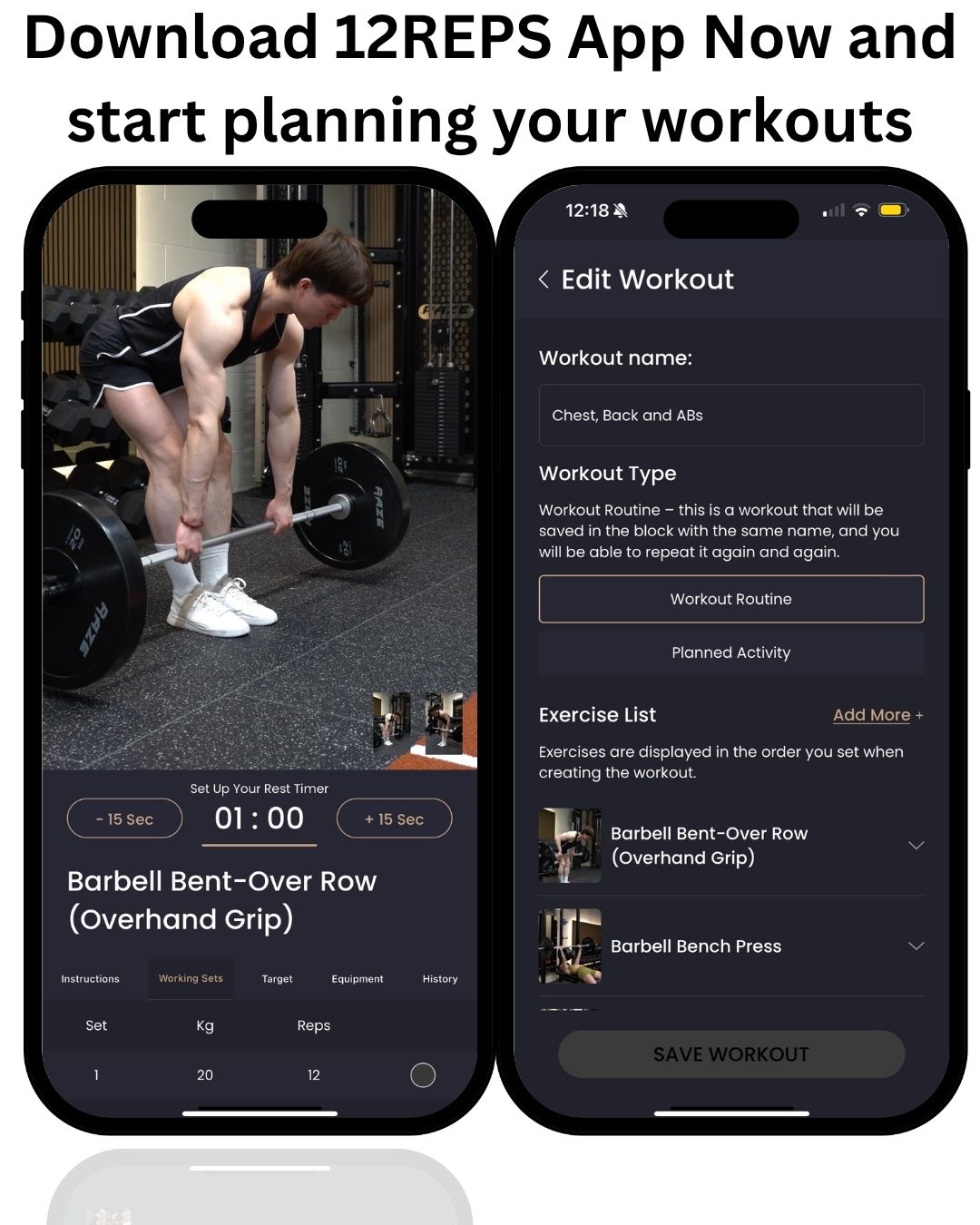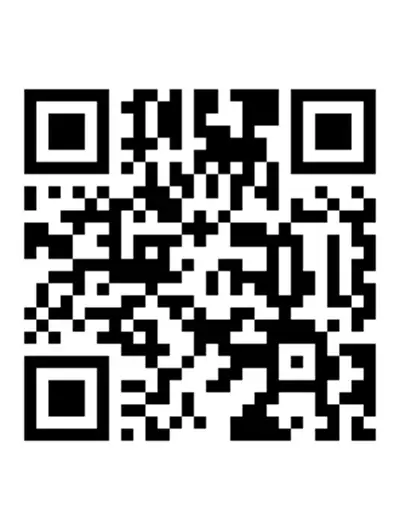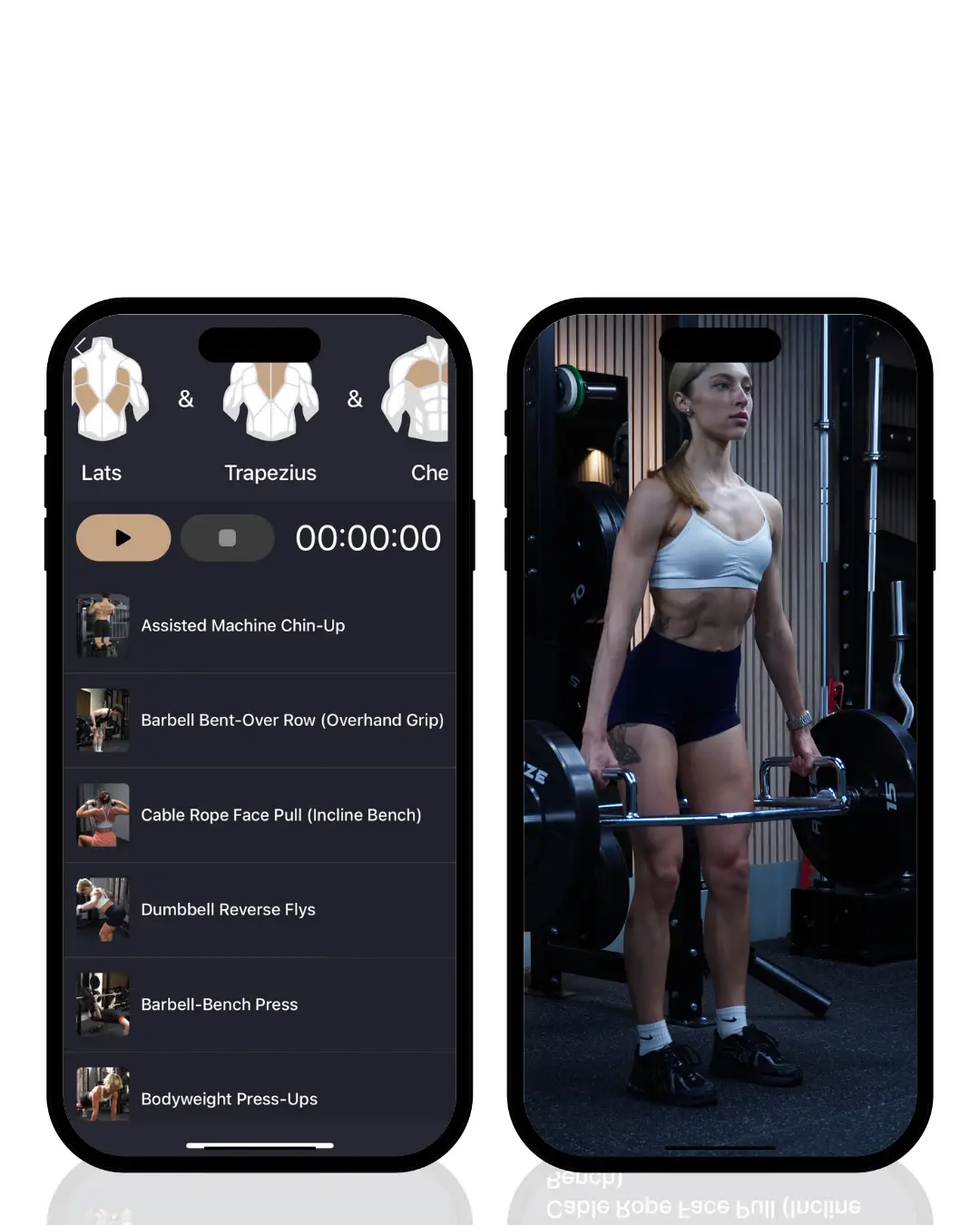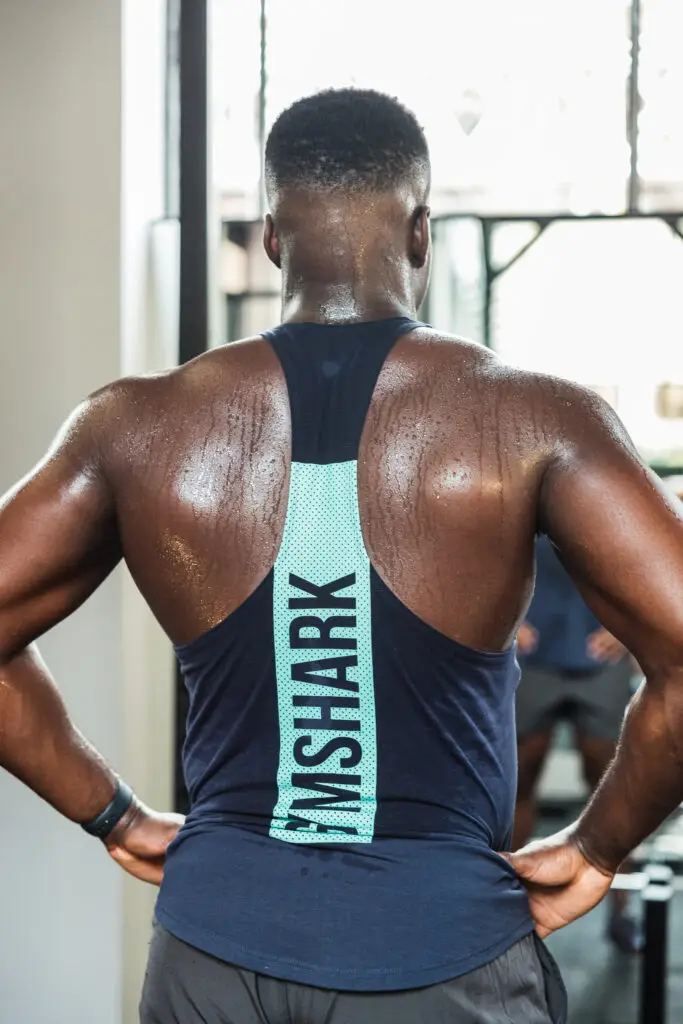By Will Duru, BSc (Hons) Sport and Exercise Science, Award-Winning Personal Trainer with over 10 years of experience in strength training and optimising recovery.
After ten years of training clients, I can tell you that legs and pull sessions are where real strength is built. This combination targets your biggest muscle groups and creates the foundation for everything else you do in the gym.
Today I want to share my favourite legs and pull session from the 12REPS app. This workout combines seven powerful exercises that work together to build muscle, strength, and athletic performance. Whether you’re training for sport or just want to feel stronger in daily life, this session delivers results.
The beauty of combining legs and pull movements is how they complement each other. Your legs provide the power base for almost every activity. Your pulling muscles balance out all the pushing you do in daily life. Together, they create a complete training session that builds functional strength.
This session includes barbell hip thrusts, dumbbell single arm rows, barbell reverse lunges, pull-ups or assisted pull-ups, dumbbell RDLs, lat pull-downs, and bodyweight calf raises. Each exercise targets different muscles while working together as a complete system.
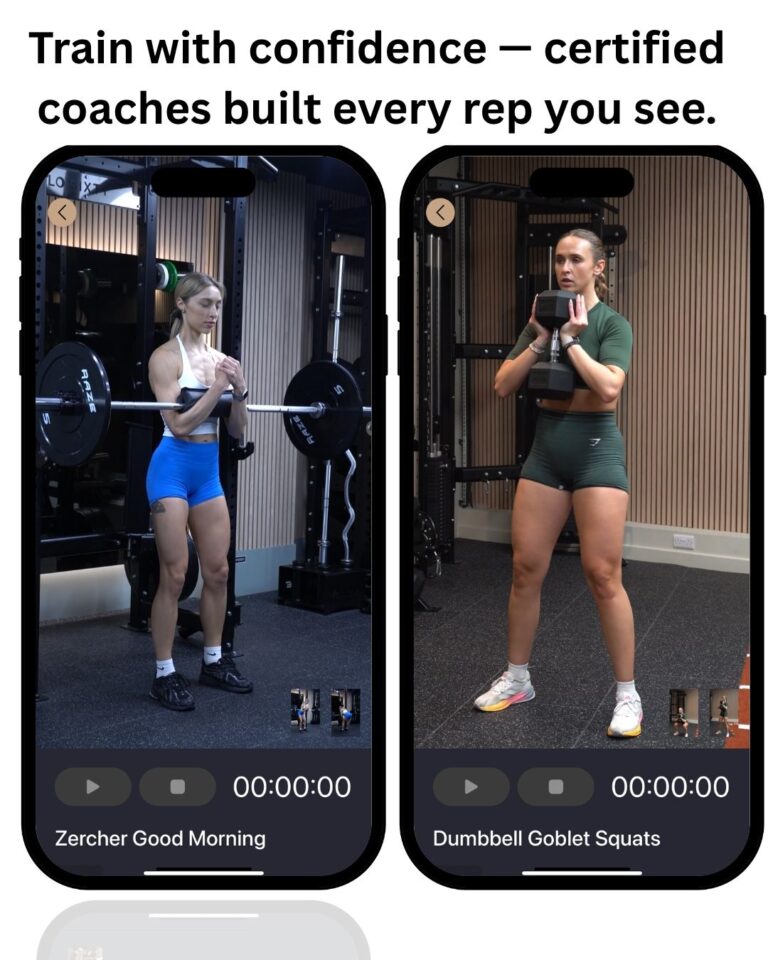
Why This Session Works So Well
Your legs contain the biggest muscles in your body. Training them hard burns more calories, builds more muscle, and releases more growth hormone than any other body part. The glutes, quads, and hamstrings work together to create power for running, jumping, and lifting.
Your pulling muscles are often weak and underdeveloped. Most people spend their days hunched over desks or phones. This creates rounded shoulders and weak backs. Pull exercises fix these problems while building impressive muscle.
When you train legs and pull together, you work opposing movement patterns. While your legs push against the ground, your arms pull the weight towards you. This creates balance in your training and prevents muscle imbalances.
The exercises in this session hit every major muscle group in your legs and back. Hip thrusts target your glutes. Reverse lunges work your quads and glutes. RDLs hit your hamstrings and glutes. Pull-ups and rows work your entire back. Calf raises finish off your lower legs.
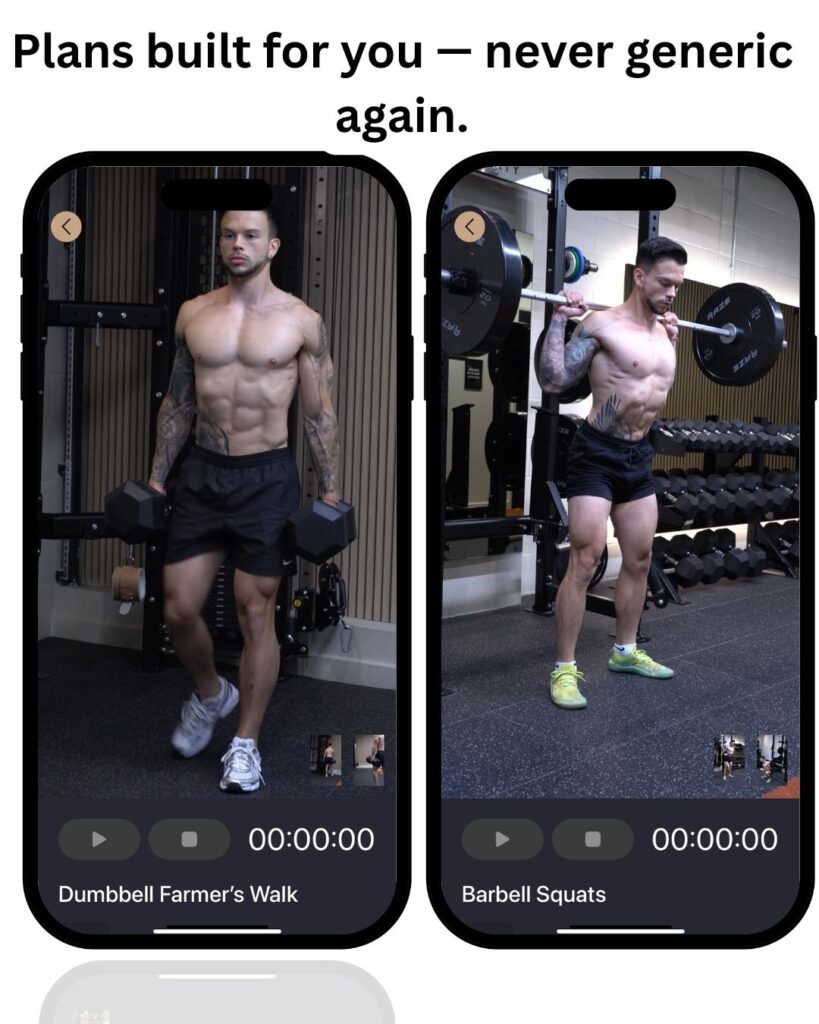
Complete Workout Structure
Note: Always start with a warm-up set using 50-60% of your working weight. This prepares your muscles and joints for the heavier weights.
Exercise 1: Barbell Hip Thrusts
The barbell hip thrust is the best exercise for building powerful glutes. Strong glutes improve your posture, reduce back pain, and make you more athletic. This exercise also builds incredible strength through your hips.
How to do it:
Sit with your back against a bench. Place a barbell across your hips. Plant your feet firmly on the ground. Drive through your heels and squeeze your glutes to lift your hips up. Hold for a second at the top, then lower slowly.
Why it’s so effective:
Hip thrusts target your glutes better than squats or deadlifts. The position allows you to use heavy weights safely. Strong glutes transfer power to everything you do.
Common mistakes:
Don’t arch your back excessively. Don’t rush the movement. Focus on squeezing your glutes, not just lifting the weight.
Exercise 2: Barbell Reverse Lunges
Reverse lunges are safer and more effective than forward lunges. They build strength in your quads and glutes while improving balance and coordination. The reverse motion is easier on your knees.
How to do it:
Hold a barbell across your shoulders. Step backwards into a lunge position. Lower your back knee towards the ground. Push through your front heel to return to standing. Complete all reps on one leg before switching.
Key points:
Keep most of your weight on your front leg. Don’t let your front knee cave inwards. Control the descent and drive powerfully back up.
Exercise 3: Dumbbell RDLs (Romanian Deadlifts)
RDLs are the best exercise for your hamstrings and glutes. They teach the hip hinge pattern that’s crucial for deadlifts and daily activities. This exercise also improves flexibility in your hamstrings.
How to do it:
Hold dumbbells at your sides or in front of your thighs. Keep your knees slightly bent. Push your hips back and lower the weights towards the ground. Feel the stretch in your hamstrings. Drive your hips forward to return to standing.
Form focus:
Keep your back straight throughout. The movement comes from your hips, not your knees. Feel the stretch in your hamstrings at the bottom.
Exercise 4: Bodyweight Calf Raises
Calf raises build strength and size in your lower legs. Strong calves improve your jumping ability, running speed, and ankle stability. They also help prevent injuries.
How to do it:
Stand with your feet hip-width apart. Rise up onto your toes as high as possible. Hold for a second at the top. Lower slowly back down. Feel the stretch in your calves at the bottom.
Progression options:
Start with bodyweight. Progress to single-leg calf raises. Add weight by holding dumbbells. Use a step to increase the range of motion.
The Pull Exercises Explained
Exercise 5: Dumbbell Single Arm Rows
Single-arm rows are perfect for building a strong, wide back. They work on each side independently, which helps fix muscle imbalances. This exercise also works your core as you stabilise your body.
How to do it:
Place one knee and hand on a bench. Hold a dumbbell in your free hand. Keep your back straight. Pull the dumbbell towards your hip. Squeeze your shoulder blades back. Lower the weight slowly.
Key points:
Don’t twist your body as you row. Keep your core tight. Pull towards your hip, not your shoulder. Feel the squeeze in your lat and rhomboid.
Exercise 6: Pull-Ups or Assisted Pull-Ups
Pull-ups are the king of upper-body exercises. They work your entire back, biceps, and core. If you can’t do full pull-ups yet, assisted versions are just as effective for building strength.
How to do it:
Hang from a pull-up bar with hands slightly wider than shoulder-width. Pull yourself up until your chin clears the bar. Lower slowly back to the starting position. Keep your core tight throughout.
Assistance options:
Use an assisted pull-up machine. Use resistance bands for assistance. Have a partner hold your feet. Do negative pull-ups (jump up, lower slowly).
Exercise 7: Lat Pull-Downs
Lat pull-downs are excellent for building width in your back. They target your lats specifically while allowing you to use precise weights. This exercise is perfect for beginners working towards their first pull-up.
How to do it:
Sit at the lat pull-down machine. Grab the bar with a wide grip. Pull the bar down to your upper chest. Squeeze your lats at the bottom. Slowly return the weight to the starting position.
Form tips:
Don’t lean back excessively. Keep your chest up. Focus on pulling with your lats, not your arms. Control the weight on the way up.
Progressive Overload: The Key to Continuous Growth
Progressive overload is the most important principle in strength training. It means gradually making your workouts harder over time. Without progressive overload, your muscles have no reason to grow stronger.
For this leg and pull sessions, I recommend adding weight each week. For the big compound movements like hip thrusts and reverse lunges, try to add 2.5-5 pounds per week. For the upper body exercises, add 1-2.5 pounds per week.
If you can’t add weight, try adding reps. If you’re doing 10 reps, aim for 11 or 12. Once you can do 12 reps easily with perfect form, it’s time to increase the weight and drop back to 10 reps.
Another way to progress is by improving your technique. Focus on squeezing the muscles harder. Slow down the lowering part of each rep. Add pauses at the bottom or top of movements.
Keep a training log. Write down the weights, sets, and reps for each exercise. This helps you track your progress and plan your next workout. Seeing your numbers improve week after week is incredibly motivating.
Using Timing to Maximise Results
Rest periods are crucial for achieving optimal results from your training. Too little rest and you won’t recover enough for your next set. Too much rest and you lose the training intensity that drives muscle growth.
For the big leg exercises like hip thrusts and reverse lunges, rest 90-120 seconds between sets. These exercises use large muscle groups and require more recovery time.
For the pull exercises, rest 90-180 seconds depending on the exercise. Pull-ups need the most rest because they’re the most demanding. Single-arm rows need less rest because they work smaller muscle groups.
Use a timer on your phone or watch. When it goes off, start your next set. This keeps your workout moving and maintains the intensity that drives results.
As you get stronger, you can manipulate rest times as another form of progression. Gradually reducing rest times while maintaining the same weights and reps increases training density.
Nutrition for Muscle Growth and Recovery
What you eat is just as important as how you train. Your muscles need proper nutrition to grow and recover from intense training sessions.
Protein is the most important nutrient for muscle growth. Aim for 1.6-2.2 grams per kilogram of body weight daily. Good sources include chicken, fish, eggs, dairy, beans, and protein powder.
Eat protein throughout the day, not just after training. Your muscles need a steady supply of amino acids to build and repair tissue. Aim for 25-40 grams of protein with each meal.
Don’t forget about carbohydrates. They fuel your workouts and help with recovery. Choose whole grains, fruits, and vegetables over processed foods. Eat carbs before training for energy and after training for recovery.
Stay hydrated. Aim for 8-10 glasses of water daily. More if you’re training hard or live in a hot climate. Even mild dehydration can hurt your performance and slow your recovery.
Time your nutrition around your workout. Eat a balanced meal 2-3 hours before training. Have protein and carbs within 2 hours after training to support muscle growth and recovery.
Recovery and Training Frequency
This leg and pull session is intense. Your muscles need time to recover and grow between sessions. I recommend doing this workout once per week as part of a balanced training programme.
You could pair this with a push session (chest, shoulders, triceps) and an upper body session for a complete weekly routine. Or use it as part of a full-body training split.
Listen to your body. Some muscle soreness is normal after intense training. Sharp pain is not. If something hurts, rest and assess. When in doubt, take an extra day off.
Sleep is crucial for recovery. Aim for 7-9 hours per night. Your muscles grow during sleep, not during training. Poor sleep hurts muscle growth, strength gains, and recovery.
Manage stress levels. Chronic stress raises cortisol, which breaks down muscle and slows recovery. Find healthy ways to manage stress: meditation, hobbies, and time with family.
The 12REPS app makes this workout even more effective. It provides detailed video tutorials for every exercise. You can watch proper form demonstrations before you train.
The app tracks your progress automatically. You can see how your strength improves over time. It also suggests when to increase weights based on your performance.
The built-in timer helps you stick to optimal rest periods. The workout planner ensures you’re following the right progression. It’s like having a personal trainer guiding every session.
Download the 12REPS app today and visit just12reps.com for more information. Take your training to the next level with personalised guidance and expert instruction.
Conclusion
This leg and pull session is one of my most effective workouts. It builds strength, muscle, and athletic performance while addressing common weaknesses in most people’s training.
The combination of leg and pull exercises creates a balanced session that works your biggest muscle groups. The exercise selection targets every major muscle while teaching important movement patterns.
Remember to focus on proper form before adding weight. Use progressive overload to keep getting stronger. Time your rest periods for optimal results. Support your training with proper nutrition and recovery.
Consistency is the key to long-term success. Stick to the programme for at least 8-12 weeks. Track your progress and celebrate your improvements. Your strength and physique will transform with dedicated effort.
Your journey to stronger legs and a more powerful back starts with your next workout. Make it count.

